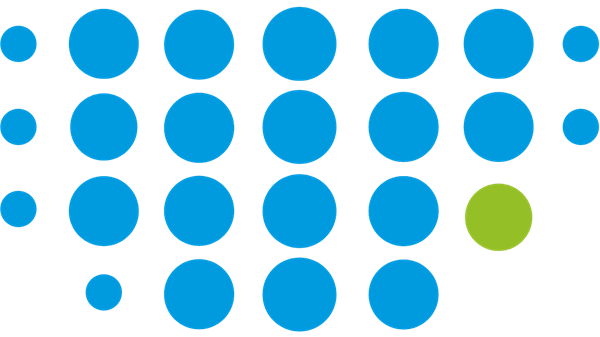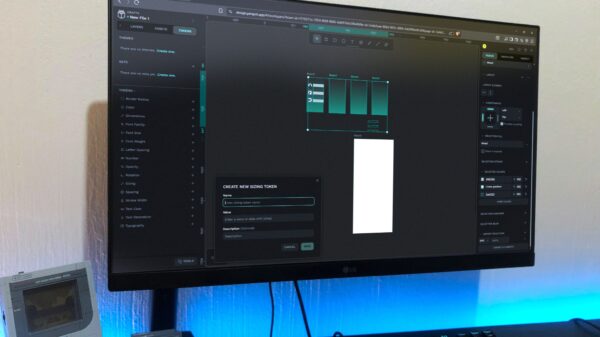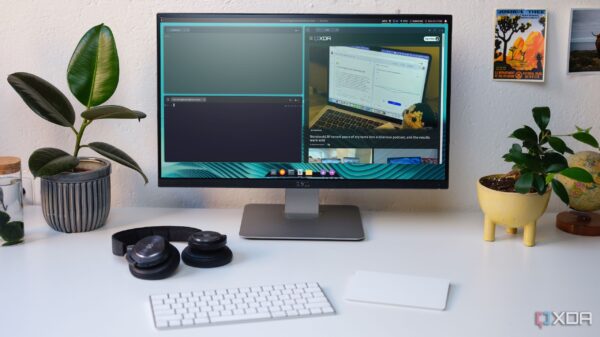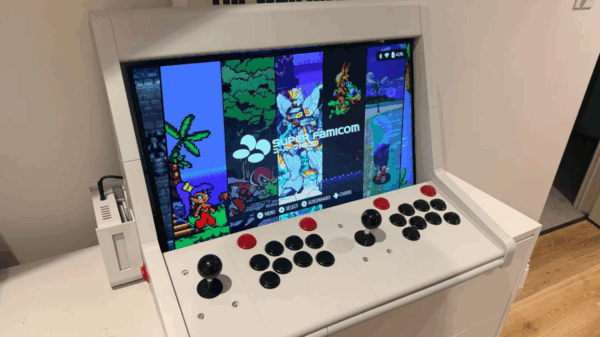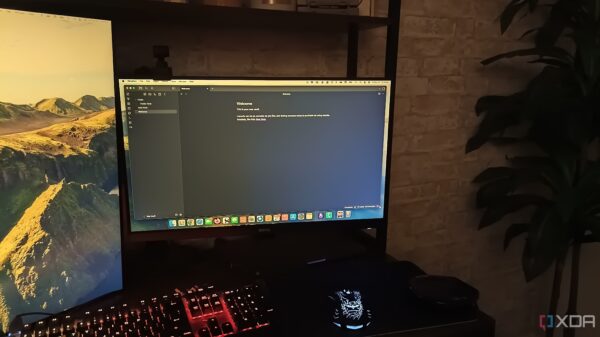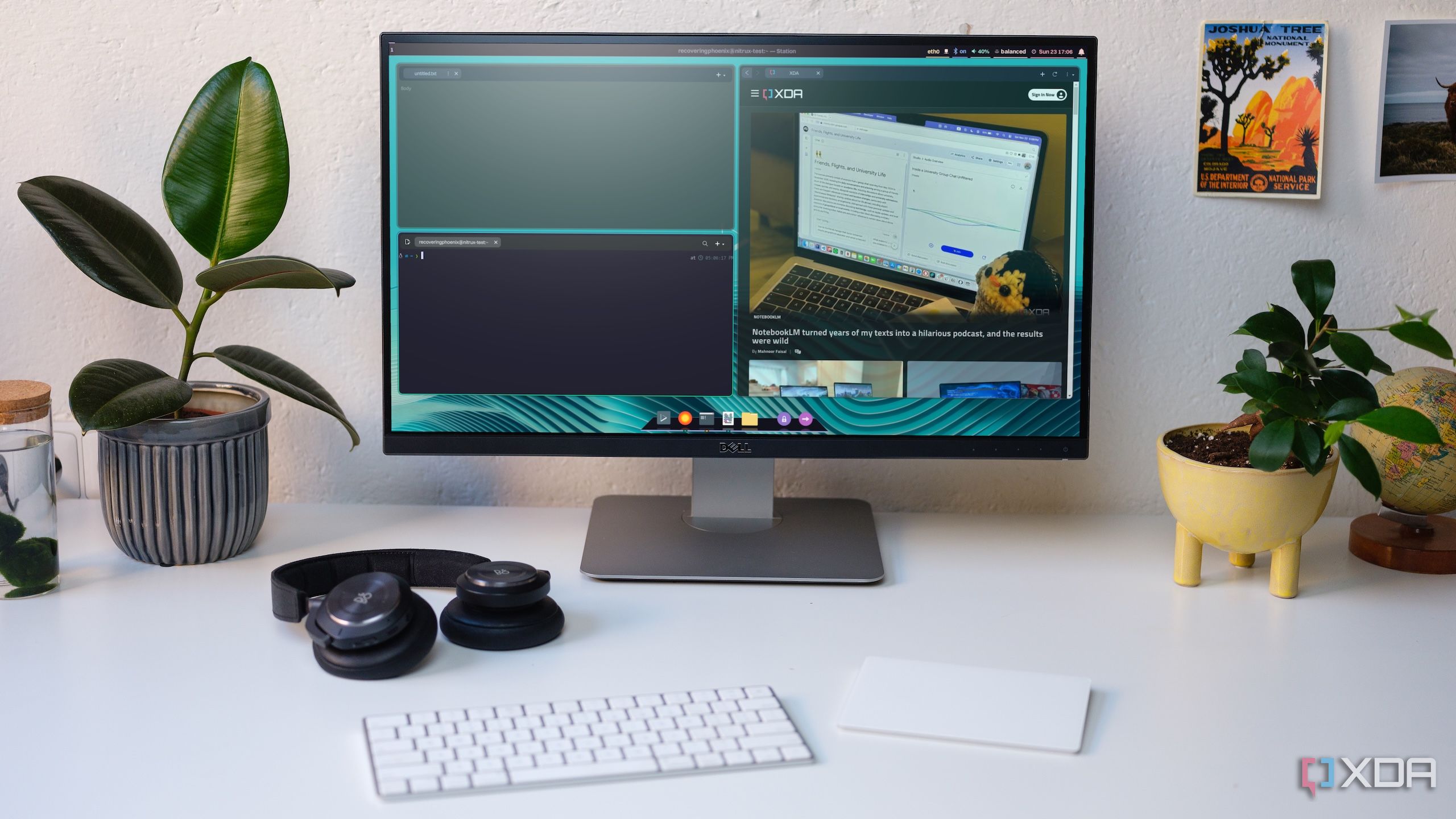The release of Nitrux 5 marks a significant shift in the Linux landscape, introducing a host of innovative features aimed at users seeking a modern and distinct computing experience. The new version discards KDE Plasma in favor of the Hyprland desktop environment, adopts an immutable root system, and provides tailored kernel builds for specific GPU families. While these changes offer a polished and engaging interface, they also demand a willingness from users to adapt to a new workflow.
One of the most notable changes in Nitrux 5 is its adoption of Hyprland, which transforms the user interface with smooth animations and a modern aesthetic. The compositor’s responsiveness is particularly evident on contemporary hardware, where it provides a seamless experience for daily tasks. This design is cohesive from the first boot, showcasing the effort invested in styling. However, newcomers to this environment may find themselves challenged by the differing workflows and keyboard-driven navigation that Hyprland demands.
Users transitioning from traditional environments like Plasma or GNOME may experience a learning curve as they adjust to Hyprland’s unique tiling behavior and shortcut expectations. The system encourages fast navigation but may frustrate those accustomed to more conventional desktop interactions. The performance benefits of Hyprland are particularly pronounced on modern systems, while older hardware may struggle to keep pace, as evidenced by testing on devices from the early 2010s. This shift indicates that Nitrux 5 has become less of a lightweight distribution, potentially alienating users who prefer to revive older machines.
The introduction of an immutable root, managed through NX Overlayroot, is a significant aspect of Nitrux 5’s architecture. By locking core system files in place, the operating system returns to a known state upon reboot, safeguarding against accidental modifications that could lead to instability. This design is particularly beneficial for users experimenting with new software, as it maintains the integrity of the base system. However, it does require a different approach to system management, favoring layered changes over direct alterations to core files.
While the immutable model enhances stability and consistency, it may not appeal to users who enjoy extensive customization. The inability to modify system files directly can feel restrictive, particularly for those who prefer a hands-on approach to their operating environment. Understanding the nuances of this system is essential to ensure a smooth experience, as it necessitates a mindset that prioritizes safety over flexibility.
Another innovative aspect of Nitrux 5 is its provision of separate kernel variants optimized for different GPU families. Users can choose between the Liquorix kernel for AMD and Intel users and the CachyOS kernel specifically tuned for NVIDIA hardware. This targeted approach helps to mitigate GPU-related issues that can arise in Wayland environments, providing a smoother experience on compatible hardware. However, users with unsupported hardware may encounter unpredictable behavior, as was the case in tests with an Intel MacBook Pro, which typically handles other distributions without issue.
The focus on bare-metal installations is further reinforced by the absence of virtualization components in Nitrux 5. The distribution is not designed for virtual machine testing, limiting its use for users who rely on sandboxing or experimentation within a virtual environment. This approach aligns with Nitrux’s design philosophy but may not meet the needs of all users.
Overall, Nitrux 5 presents an exciting yet demanding option for those willing to embrace its distinctive features. The combination of Hyprland, an immutable architecture, and tailored kernel builds creates a modern desktop experience that is both inventive and fast. While it may not be suitable for everyone, particularly those with older hardware or a preference for traditional workflows, users who enjoy exploring unconventional Linux distributions may find Nitrux 5 a rewarding choice. The developers have succeeded in creating a release that embodies a clear identity, encouraging users to engage with the system on its own terms.














